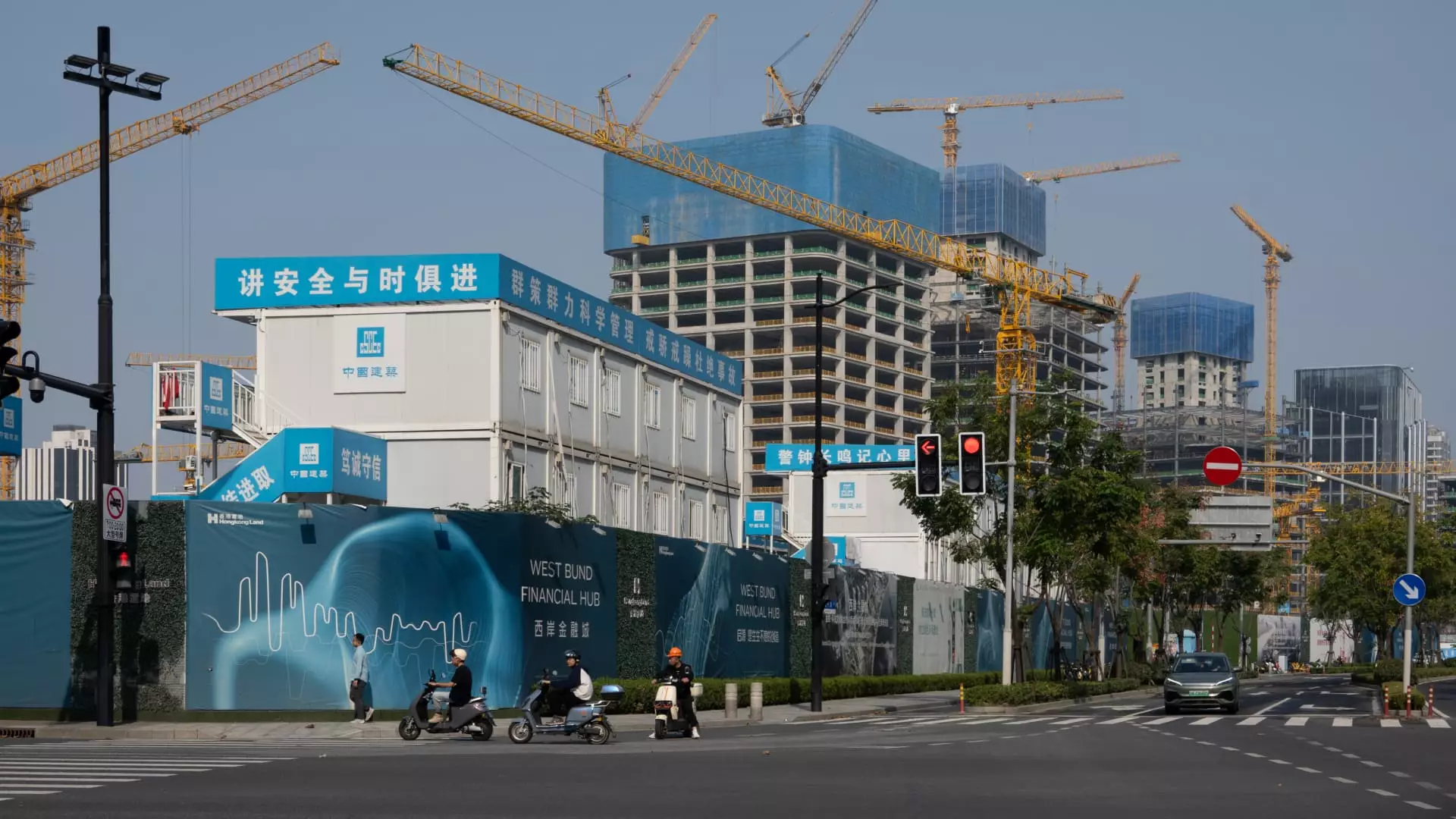As the Chinese economy faces various challenges, the upcoming release from the National Bureau of Statistics is pivotal for gauging economic sentiment and performance. Analysts anticipate a notable rise in retail sales, projected to increase by 3.8% year-on-year for October, improving from September’s 3.2%. This uptick suggests that consumer spending may be gaining traction, albeit modestly. The expected growth in industrial production, forecasted at 5.6%, reflects a slight increase from the previous month’s 5.4%. Furthermore, fixed-asset investment is predicted to show a year-to-date growth of 3.5%, up from 3.4%, indicating some stabilization in capital expenditure.
Government Stimulus and Economic Recovery
In recent months, the Chinese government has been aggressive in its efforts to stimulate the economy. Since late September, a range of stimulus measures has been announced, contributing to a surge in stock market activity. The People’s Bank of China has implemented interest rate cuts and extended support for the real estate sector, essential sectors for the nation’s growth. On the fiscal side, a substantial 10 trillion yuan ($1.4 trillion) initiative to address local government debt issues has been introduced, signaling a commitment to bolster local economies and hinting at further fiscal interventions in the future.
Manufacturing activity appears to have gained momentum in October, with surveys indicating a positive shift. Exports have surged, recording the fastest pace of growth in over a year. However, the country grapples with contrasting dynamics, as imports have dipped, signaling that domestic consumer demand remains fragile. The core consumer price index, excluding food and energy, saw a slight increase of 0.2% in October, slightly better than the 0.1% uptick observed in September, suggesting limited inflationary pressures that could affect consumer spending.
The Impact of Seasonal Spending
China’s recent Golden Week holiday reflected a trend of cautious consumer behavior, prompting concerns about domestic consumption trends. Yet, contrary to this cautious sentiment, sales from the recent Singles Day shopping festival exceeded low expectations, indicating a potential rebound in consumer confidence. The mixed signals from these events underscore the complexities within the Chinese consumer market, where macroeconomic policies and local sentiments interplay.
In terms of overarching economic performance, China’s GDP recorded a growth of 4.8% in the first three quarters of the year, with an official target of approximately 5% for 2023. This modest growth rate highlights the challenges faced by the Chinese economy amid global uncertainties and domestic pressures. The interplay of fiscal and monetary policies coupled with consumer behavior will play a crucial role as China seeks to navigate these economic waters.
While there are signs of a slight rebound in various indicators, the overall picture remains complex, with external pressures and internal consumption concerns requiring continuous attention from policymakers. The interplay between government interventions and consumer sentiment will largely dictate the trajectory of the Chinese economy in the months to come.

Leave a Reply